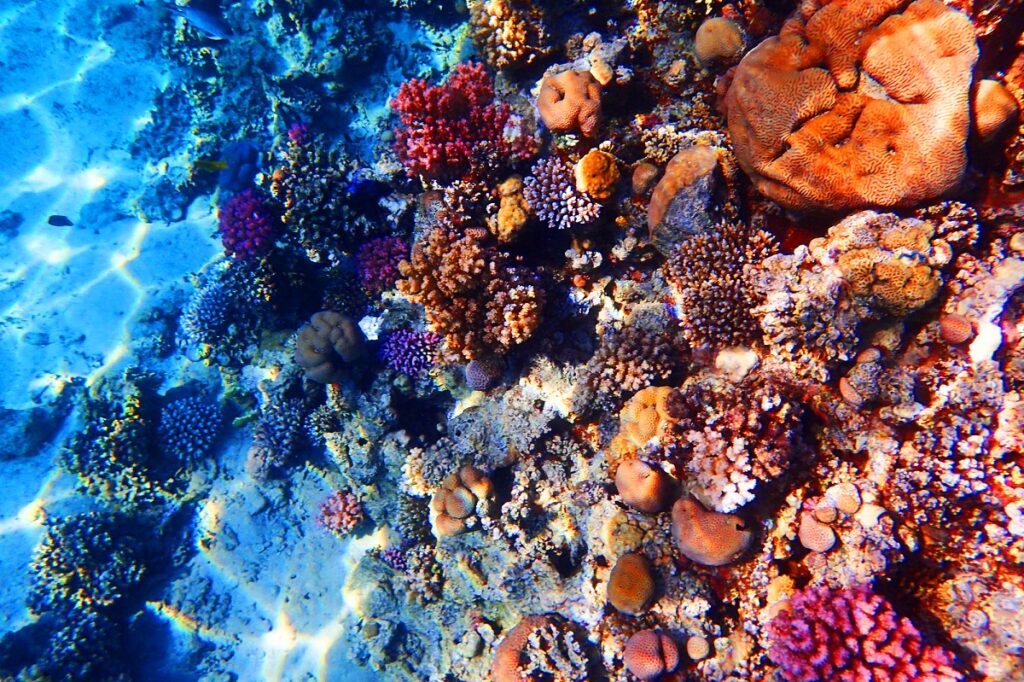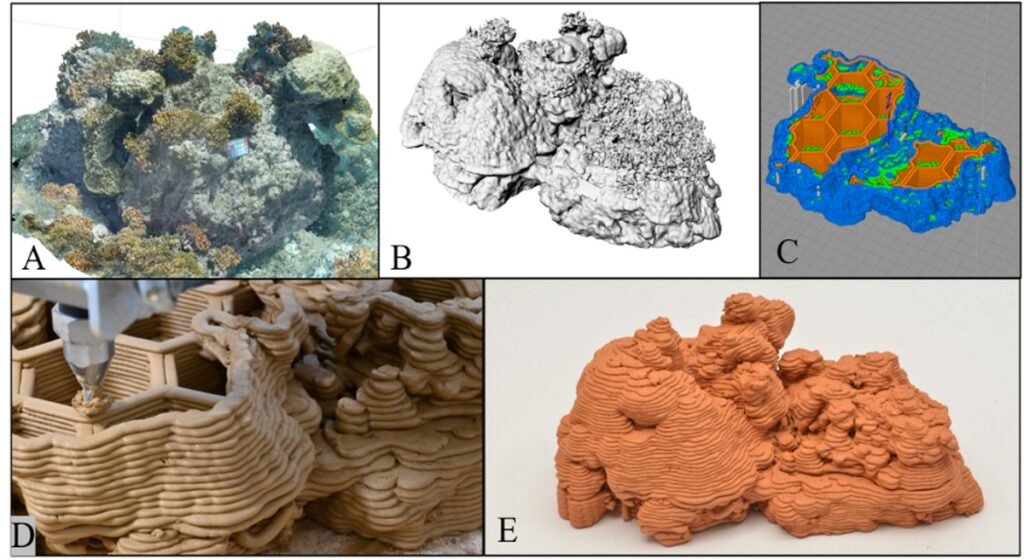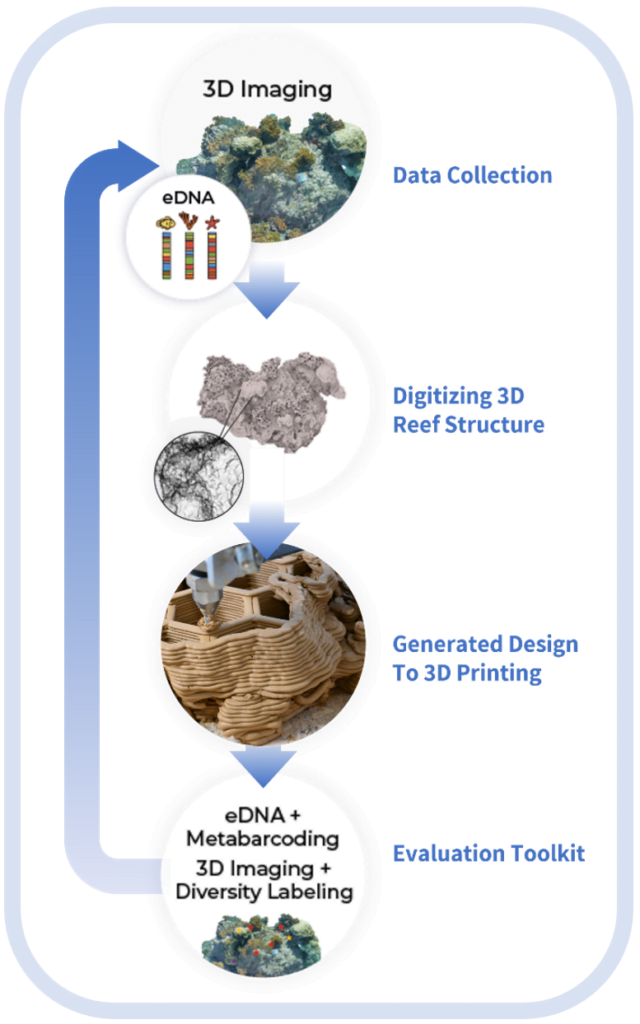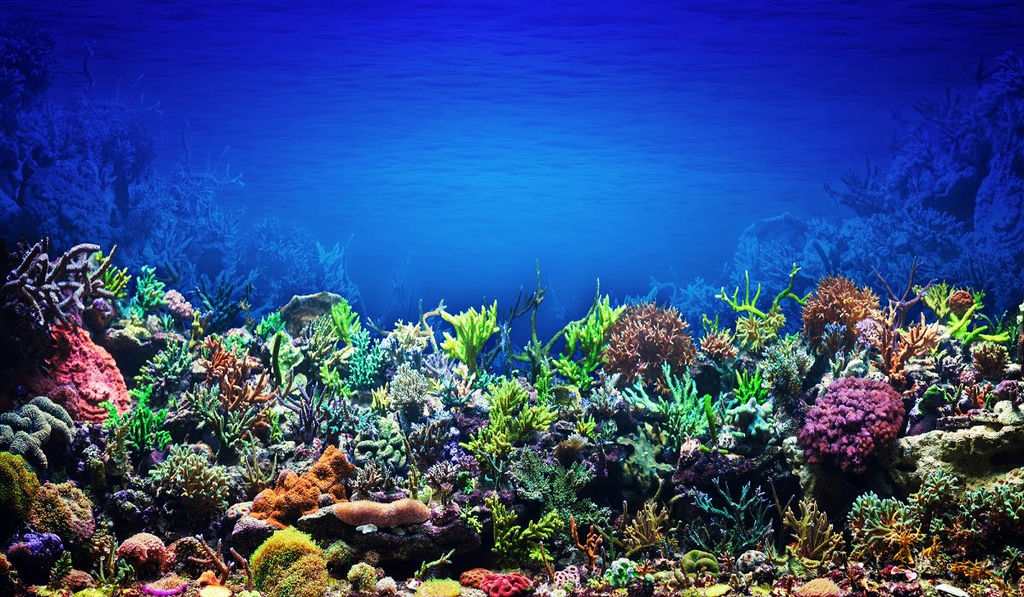Scientists from four leading universities in Israel have found an innovative way to combine technology and science to help preserve coral reefs. In a joint research project, the researchers from Technion – Israel Institute of Technology, Bar Ilan University, Tel Aviv University, and the University of Haifa have developed a new 3D printing method based on the natural structure of coral reefs off the southern coastal city of Eilat.
More from the News
Coral reefs are important for more than just their beauty. They contribute to the fishing and tourism industries, support the livelihoods of millions through jobs, help scientists develop drugs for the treatment of cancers and arthritis, and sustain 25 percent of marine life. The ocean has absorbed 29 percent of excess carbon dioxide emissions and coral reefs have taken in the bulk of it, playing an important role in removing carbon dioxide from our atmosphere.
But corals are being threatened by pollution, climate change, and other human and environmental impacts. And global warming, accelerated urbanization in coastal areas, and coral bleaching – among other threats – are causing the decline and extinction of the world’s coral reefs.
Scientists from four leading universities in Israel have found an innovative way to combine technology and science to help preserve coral reefs. In a joint research project, the researchers from Technion – Israel Institute of Technology, Bar Ilan University, Tel Aviv University, and the University of Haifa have developed a new 3D printing method based on the natural structure of coral reefs off the southern coastal city of Eilat.

The joint research was led by Prof. Oren Levy and Ph.D. student Natalie Levy, of the Mina and Everard Goodman Faculty of Life Sciences at Bar-Ilan University, Prof. Ezri Tarazi and Ph.D. student Ofer Berman, from the Technion’s Architecture and Town Planning Faculty, Prof. Tali Treibitz and Ph.D. student Matan Yuval from the University of Haifa, and Prof. Yossi Loya of Tel Aviv University.
A paper on their method and findings was published in the journal Science of the Total Environment. While the method was based on coral near the coast of Eilat, the model is adaptable to other marine environments, a statement from the universities said.
“What’s really interesting about this study is that it’s kind of a combination of three different types of technologies,” Natalie Levy, a PhD candidate in Prof. Oren Levy’s Laboratory for Molecular Marine Ecology at Bar-Ilan University., tells NoCamels.
The process combines 3D scanning algorithms, with environmental DNA sampling, and a 3D printing algorithm that allows in-depth and accurate examination of the data from each reef as well as tailoring the printed model to a specific reef environment. In addition, data can be re-fed into the algorithm to check the level of effectiveness and efficiency of the design after it has been implemented, based on information collected in the process. “
“So you have the 3d technology, which includes 3d printing, as well as 3d imaging and modeling. And then you have the kind of molecular aspect and molecular techniques, which are not very old, it’s recent technology that can be used to basically just take a sample from the environment, like from the water and structures and be able to figure out exactly what is growing or what is inhabiting the structures using environmental DNA. These three components have been combined together in this, what we call a 3D interface, which is basically just a platform or an algorithm of these different technologies. It’s called 3D interface because the models that we produce are 3d models of coral reefs.”
The 3D process begins by scanning underwater photographs of coral reefs. From this visual information, a three-dimensional model of the reef is assembled with maximum accuracy. Thousands of images are photographed and sent to the laboratory to calculate the complex form of the reef and how that form encourages the evolution of reef species diversity.

“We have the idea that you can take data that you collect from a reef environment using the photography, the 3D imaging — and this is basically where you take thousands of pictures of coral reef, and you can produce an actual replicable 3D model of that exact reef with very fine precision and detail. And you can take out the core characteristics of that reef that you’re interested in replicating and create an artificial reef for your model. So, that can be the complexity of the reef, the shape, the design, all these factors,” Levy explains.
According to Levy, 3D printing and imaging can help researchers understand the type of biodiversity — the type of reef animals and corals — that this reef can support, which also helps them create an artificial structure or model they can put back into the water with the other reefs.
“You take out that information and you apply molecular techniques so you can use the environmental DNA. You can also take a sample of the environment from that reef to help understand the exact biodiversity present,” she adds.
The final stage is the translation and production of a ceramic reef in 3D printing. The reefs are made of a unique ceramic that is naturally porous underwater and provides the most ideal construction and restoration needs to the affected area, or for the establishment of a new reef structure as a foundation for the continuation of life.

Why make a 3D coral reef model?

There are a few reasons why this method of making a 3D artificial model of a coral reef is so important, according to Levy. “For one, when coral reefs degrade, they lose their structure complexity — the complexity of the reef declines. So the coral may be reduced to rubble. You might have very little structure left. [Real] corals make this kind of 3D shape and complexity of the reef and animals depend on this for feeding, hiding, everything. This whole structure is the life of the reef and a reef declines, you have a reduced structure of the reef and you don’t have a place for new corals to start to regenerate the reef,” she explains, “So sometimes the reef needs a little help. And by printing the 3D models that are from the photographs, the 3D imaging, we can bring back this complexity to the reef, so we can provide the reef with a blank foundation of the original reef or a nearby reef that will do just as well in its environment.”
There are different artificial structures put under the water that are very large, but nothing the researchers have seen yet is the exact model of the coral reef, adds Levy. It’s important that the model is as natural and holistic as possible because “we want natural processes to take place and we want the reef to naturally rebuild and colonize itself on the structure.”
“We’re just giving a little support to help reefs rebuild and reform,” she adds.
According to Levy, the importance of the study is “that there’s a lot of possibilities.”
“I think that’s why it’s exciting — there’s a lot that you can do with the concept of being able to take the data from a natural coral reef and be able to print a model,” she says, “You can do a lot with our technology. And I think that’s why so much potential in this. I would urge people, governments, and people that are in charge of maintaining reefs, to explore and look at our technology and see how it can be applicable to them. There’s a lot you can do with it. And I think that’s why it’s so versatile.”
Subscribe to AM Chronicle Newsletter to stay connected: https://bit.ly/3fBZ1mP
Follow us on LinkedIn: https://bit.ly/3IjhrFq
Visit for more interesting content on additive manufacturing: https://amchronicle.com/


